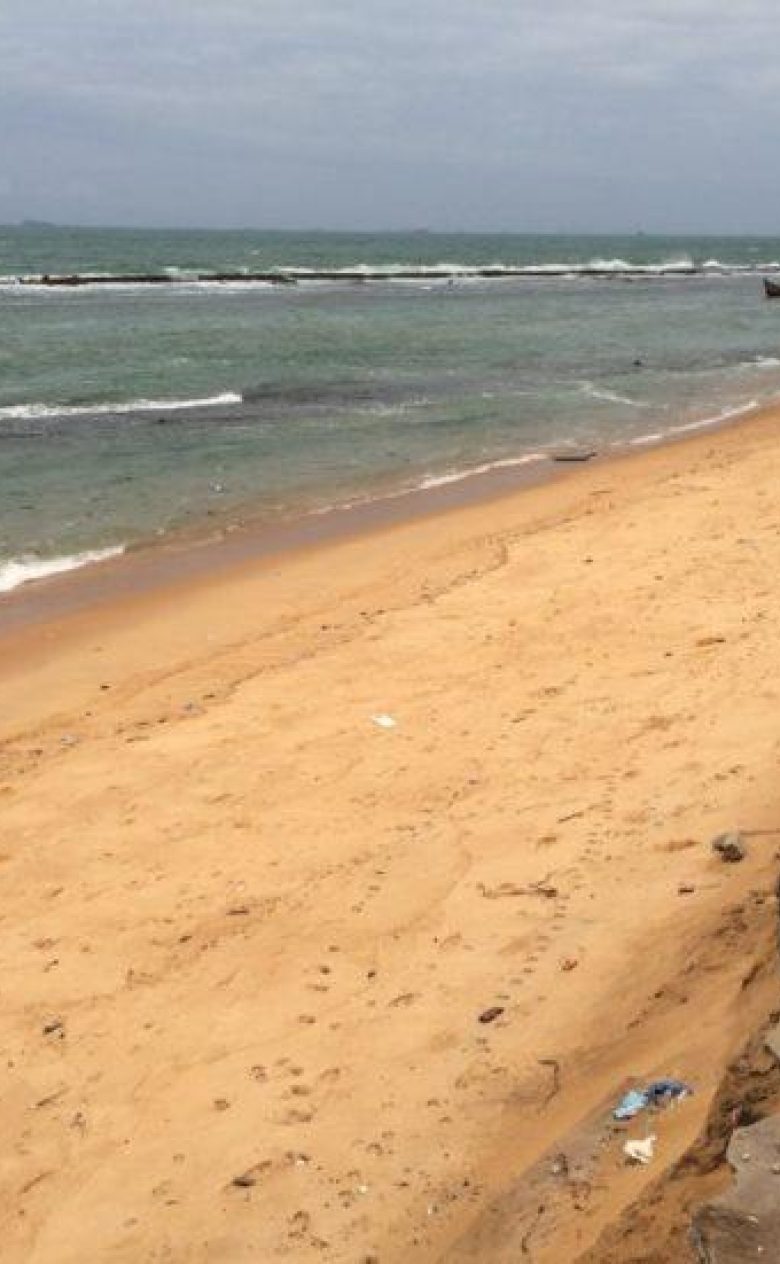Urgent action needed to address climate change threats to coastal areas
Global coastal adaptations are ‘incremental in scale’, short-sighted and inadequate to address the root causes of vulnerability to climate change, according to an international team of researchers. The 17 experts, including Marjolijn Haasnoot and Gundula Winter from Deltares, have contributed to the paper, ‘Status of global coastal adaptation’, which is now published in Nature Climate Change.

The experts conclude that despite adaptation undertaken in all regions and sectors, global action remains incremental in scale: policies and projects are usually short-sighted and single hazard-focused, inadequately address the root causes of exposure and vulnerability, and are poorly monitored. There is also little evidence of effective risk reduction in relation to implemented responses.
Marjolijn Haasnoot said: “Interestingly, there is some evidence of long-term thinking and pathways analysis. An approach that is adopted here in the Netherlands. However, this study finds that globally such a long-term pathways thinking still remains limited with most regions focusing on risk analysis, despite that adaptation action urgently needs to address climate risks to coastal areas.”
Decisive action is needed
To address these problems, the experts say decisive action by the international policy community is needed to identify and tackle global priorities in key risk areas across countries.
Dr Alexandre Magnan, of the Institute for Sustainable Development and International Relations (IDDRI), is first author of the paper: “Assessing climate adaptation is a burning scientific and policy question because, as today’s global climate risk will experience a two- to four-fold increase by the end of this century depending on the global greenhouse gas emissions trajectory, we need to know the current status toward addressing its consequences."
New, alternative methods to assess adaptation are urgently needed in order carry out effective planning and action, evidence on risk reduction, capabilities and create a long-term vision
Dr Alexandre Magnan (IDDRI)
The paper considered 61 coastal case studies to develop a locally informed perspective on the state of global coastal adaptation. It looked at both extreme events and low-onset climate change, including coastal erosion, marine flooding, sea-level rise and extremes, soil and groundwater salinization, inland flooding resulting from heavy precipitations, and permafrost thaw.
Half-way to the full adaptation potential
While strategies for urban coastal areas are generally more advanced than rural ones, the experts said plans for long-term adaptations remain limited. The experts concluded that today’s global coastal adaptation is half-way to the full adaptation potential. Taking sea-level rise as one example, the experts said the risks to low-lying coasts are already detectable.
Gundula Winter, researcher at Deltares: "Without adaptation, coastal areas and in particular low-lying islands and delta areas, will face tremendous risk due to sea level rise, which will be further exacerbated in many areas by future population growth and economic development. Even under the most favorable climate change scenarios we are already committed to a certain amount of sea level rise, which requires a widespread commitment to adaptation."
Global Adaptation Progress Tracker
The expert group developed a qualitative structured judgment - the Global Adaptation Progress Tracker (GAP-Track) - to assess adaptation efforts, progress and gaps, as part of the framework for the Global Goal on Adaptation established under the Paris Agreement in 2015.
Dr Magnan: “Countries still struggle finding a way to operationalise the Global Goal on Adaptation and to conduct the Global Stocktake (GST) series that aims to collectively track adaptation progress and gaps, with a first iteration due at COP28 in the United Arab Emirates.
The multi-dimensional and locally grounded assessment developed in this study for coastal adaptation confirms the need to drastically scale up adaptation policy and action around the globe, from local governments and stakeholders to the international climate policy arena. We are arguing that the approach developed in this paper can play a decisive role in helping refine both targets and priorities.”


